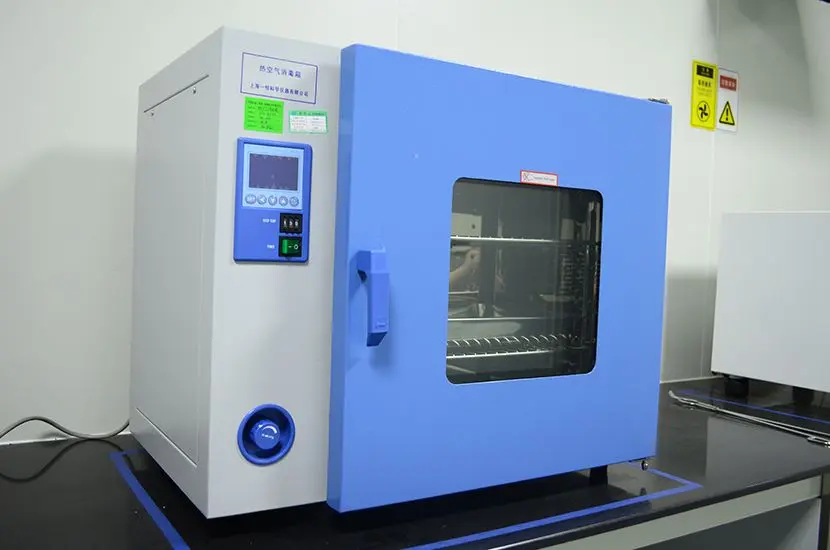
Electrical Product Safety Testing
What is Electrical Safety Testing?
To begin with, what exactly is safety testing? It is a process in which a series of safety performance tests are conducted by simULating the ways in which customers may use electrical products. These tests are referRED to as "safety standard tests."
The Purpose of Safety Testing
The primary focus of safety testing is to ensure the safety of users. While we use electrical products conveniently, we should not be at risk of harm from the products. If, during the use of an electrical product, part or all of its functions fail, but it does not pose any danger to the user, we can conclude that the product's safety design is compliant.
Compliance with National Standards
Electrical products for export to the European Union must comply with the EN standards; in the United States, they must meet FCC and UL certification standards; in the UK, the ukca mark is required; and in China, the products must conform to GB standards.
Common Safety Testing Items
Safety testing generally includes the following six tests: dielectric strength, insulation resistance, grounding resistance, leakage current, load power, and temperature rise testing. Today, we will focus on three core testing items:
1. Dielectric Strength Testing:
Dielectric strength testing is one of the most common safety tests. It involves applying high-frequency high voltage (usually AC voltage up to 5000V or DC voltage up to 6000V) between the power supply terminal of the product under test and exposed metal conductors to check for insulation breakdown.
Test Purpose: To confirm whether the electrical product or component has adequate insulation to withstand the voltage (also known as destructive testing).
2. Leakage Current Testing:
Leakage current is a key indicator of a product's safety performance. During testing, a human body model impedance (MD) is connected between the product’s power supply and exposed metal conductors (safely grounded). The test checks if the leakage current flowing from the power supply through the MD to the ground exceeds the standard limit. Generally, the smaller the leakage current, the higher the product's safety performance.
Test Purpose: To detect whether the leakage current from accessible metal or plastic parts of the appliance, under specified conditions, could pose a risk of electric shock to users.
3. Grounding Protection Testing:
After basic insulation failure, grounding ensures that any dangerous voltage is safely directed to the earth. Therefore, grounding protection testing is necessary. A constant current power supply is applied between the grounding protection terminal and exposed metal conductors to test the continuity and resistance of the grounding circuit or the voltage drop, ensuring that the exposed metal parts can safely conduct dangerous voltage to the ground, preventing harm to the human body.
Test Purpose: To verify that the grounding is correct and efficient when the resistance is low.
Only after passing these safety tests can a product be deemed market-ready for sale. Safety standard tests represent the essential safety requirements in national certification regulations. Manufacturers should strictly follow safety testing protocols before the products leave the factory to ensure the safety of their products.
China JJR Laboratory offers one-stop services for RF testing of wireless devices, electrical safety testing, toy safety, and hazardous substance limit testing. Feel free to contact us for more information!
Email:hello@jjrlab.com
Write your message here and send it to us
 European Authorized Representative for Medical Dev
European Authorized Representative for Medical Dev
 Low Voltage Testing Services
Low Voltage Testing Services
 Constructive Playthings Foam Block Toys Safety Sta
Constructive Playthings Foam Block Toys Safety Sta
 Prop 65 Textile Testing
Prop 65 Textile Testing
 Environmental Testing for Electronic Products
Environmental Testing for Electronic Products
 Food Packaging Testing Laboratories
Food Packaging Testing Laboratories
 What is CE Certification for Electrical Equipment?
What is CE Certification for Electrical Equipment?
 Requirements for EAC Declaration of Conformity (Do
Requirements for EAC Declaration of Conformity (Do
Leave us a message
24-hour online customer service at any time to respond, so that you worry!




